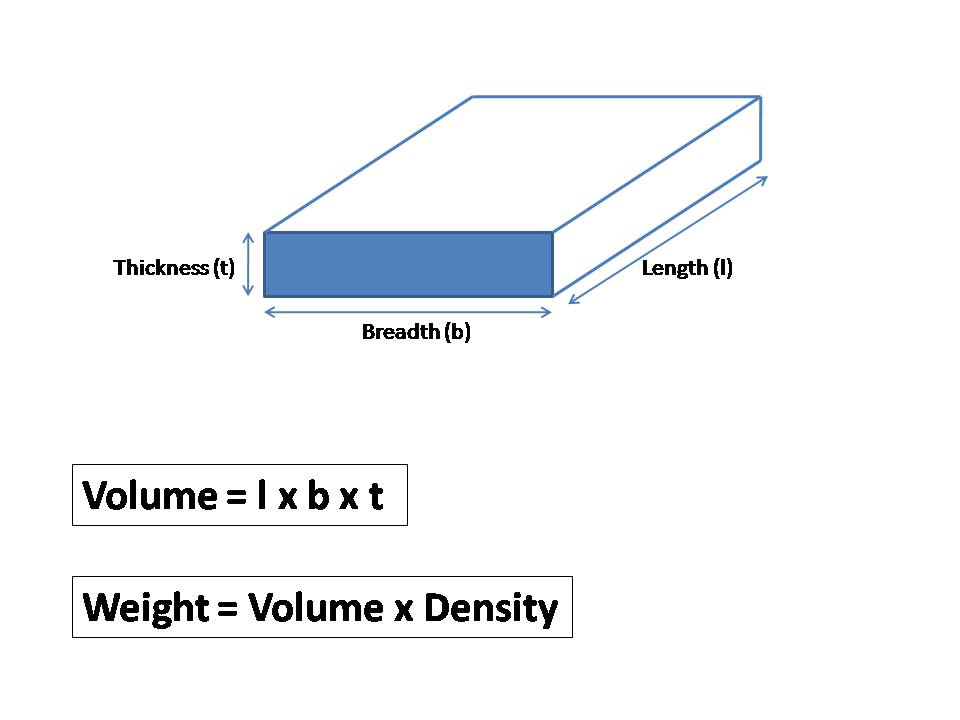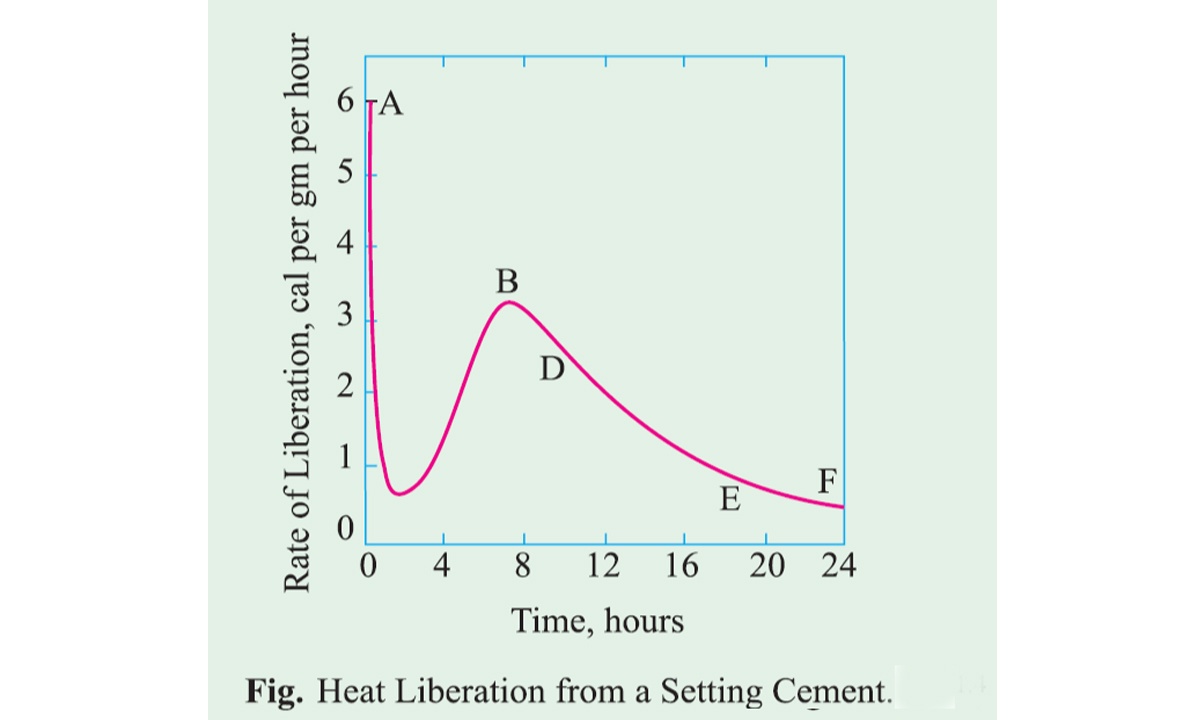What is underpinning and when it is needed?
Underpinning is a method for repairing and strengthening the foundation of an existing building or other structure. While sometimes underpinning is associated with low or failing foundation treatments, it is also used in cases where the structure usage has been changed, floors are being added to upper stories, or additional depth in subsurface spaces is desired, such as a basement or cellars. This article discusses the different types of foundation underpinning methods, processes, and their applications.
Underpinning can be accomplished by expanding the foundation in depth or width, so it either rests on the level of the more supporting soil or distributes its load over a larger area.
The process of underpinning begins by removing or excavating soil from under the existing foundation.
To avoid the risk of weakening the foundation, which may lead to structural failure, soil removal is carried out in controlled steps called ‘pins’ of limited length.
The depth of excavation is determined by a geotechnical engineer, who assesses the soil composition to identify a level suitable to bear the weight of the building.
The excavated soil is replaced with new material, usually concrete, that forms a new foundation beneath the existing one.
Methods of Underpinning
Following are the various underpinning methods used to strengthen the foundation:
- Mass concrete underpinning method (pit method)
- Beam and base underpinning
- Mini-piled underpinning
- Pile method of underpinning
- An alternative to underpinning by expanding resin injection
Mass Concrete Underpinning
The mass concrete underpinning method is the traditional method of underpinning because this method is almost 100 years old, and the protocol has not changed. This underpinning method strengthens the foundation of an existing structure by digging boxes underneath the foundation by hand until a stable level is reached and sequentially pouring concrete in a strategic order. The result is a foundation built under the existing foundation. The mass concrete underpinning method is most common due to its low cost and ability to resist heavy foundation loads.
Underpinning by Cantilever needle beam method
The beam and base method of underpinning is a more technologically advanced adaptation of traditional mass concrete underpinnings. This underpinning method consists of constructing a reinforced concrete beam below, above, or in replacement of the existing footing. The beam then transfers the load of the structure to the mass concrete bases, which are constructed at strategic locations designed. Base size and depth are dependent on existing ground conditions. The beam design is dependent on the configuration of the structure and the loads applied. Anti-heave precautions are often incorporated into plans where the potential expansion of clay soils may occur.
Mini-piled underpinning
Mini-piles are of greatest use where ground conditions are variable, where access to the foundation is restricted, environmental pollution aspects are significant, and structural movement in service must be minimal. Mini-piled underpinnings are typically used when there is a need to transfer loads from foundations to stable soil at a considerable depth – typically more than 5 m (16 ft). In this method, ‘piles’ or deep vertical structural elements are driven into holes drilled in the ground deep enough so that the piles can rest on stable soil. Mini-piles can be of either augmented or driven steel casing and are typically between 150 mm (5.9 in) and 300 mm (12 in) in diameter.
Pile method of underpinning
In this method of underpinning, pair of piles are constructed on either side of the wall and linking them with a pile cap supporting the wall. The pile caps are usually linked by reinforced concrete beams also called needle or pin which penetrates through the wall to support the entire length of the wall. Soil settlement due to waterlogging or clayey nature can be treated with this method of underpinning.
An alternative to underpinning by expanding resin injection
In this method, a mixture of structural resins and hardeners is injected into the ground under the foundation. The mixture of resin and hardener expands due to a chemical reaction upon entering the ground. This expanding mix fills any voids and crevices present in the ground and compacts any weak soil. And if the injection is continued, the structure above may be raised and re-leveled.


